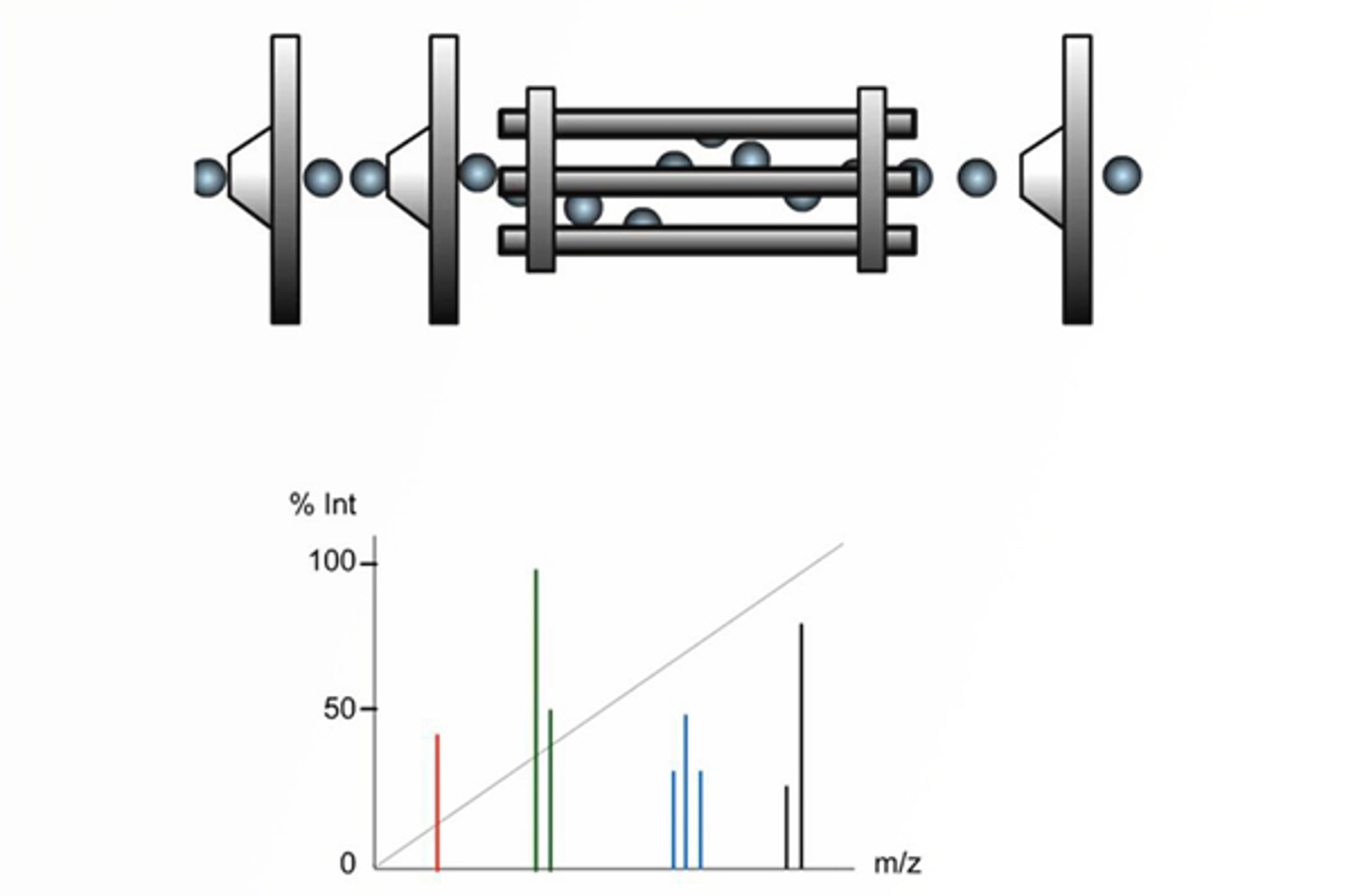Introduction to Mass Analyzers
Course Details
Premier
In its simplest form, the process of mass analysis in LC-MS involves the separation or filtration of analyte ion (or fragments of analyte ions), created in the atmospheric pressure ionization (API) interface or in the regions between the API interface and the high vacuum region of the mass analyzer. The analyte and fragment ions are plotted in terms of their mass-to-charge ratio (m/z) against the abundance of each mass to yield a mass spectrum of the analyte. There are several very popular types of mass analyzer associated with routine LC-MS analysis and all differ in the fundamental way in which they separate species on a mass-to-charge basis. This module will introduce the commonly used mass analyzers for LC-MS.
Topics include:
- Introduction to mass analysis
- Terms and definitions
- Mass analyzers
- Quadrupole mass analyzer
- Time-of-flight mass analyzer
- Ion trap mass analyzer
- Mass analyzer performance figures
- Mass analyzers selection
- Introduction to tandem mass spectrometry
- Tandem mass spectrometry (MS/MS)

